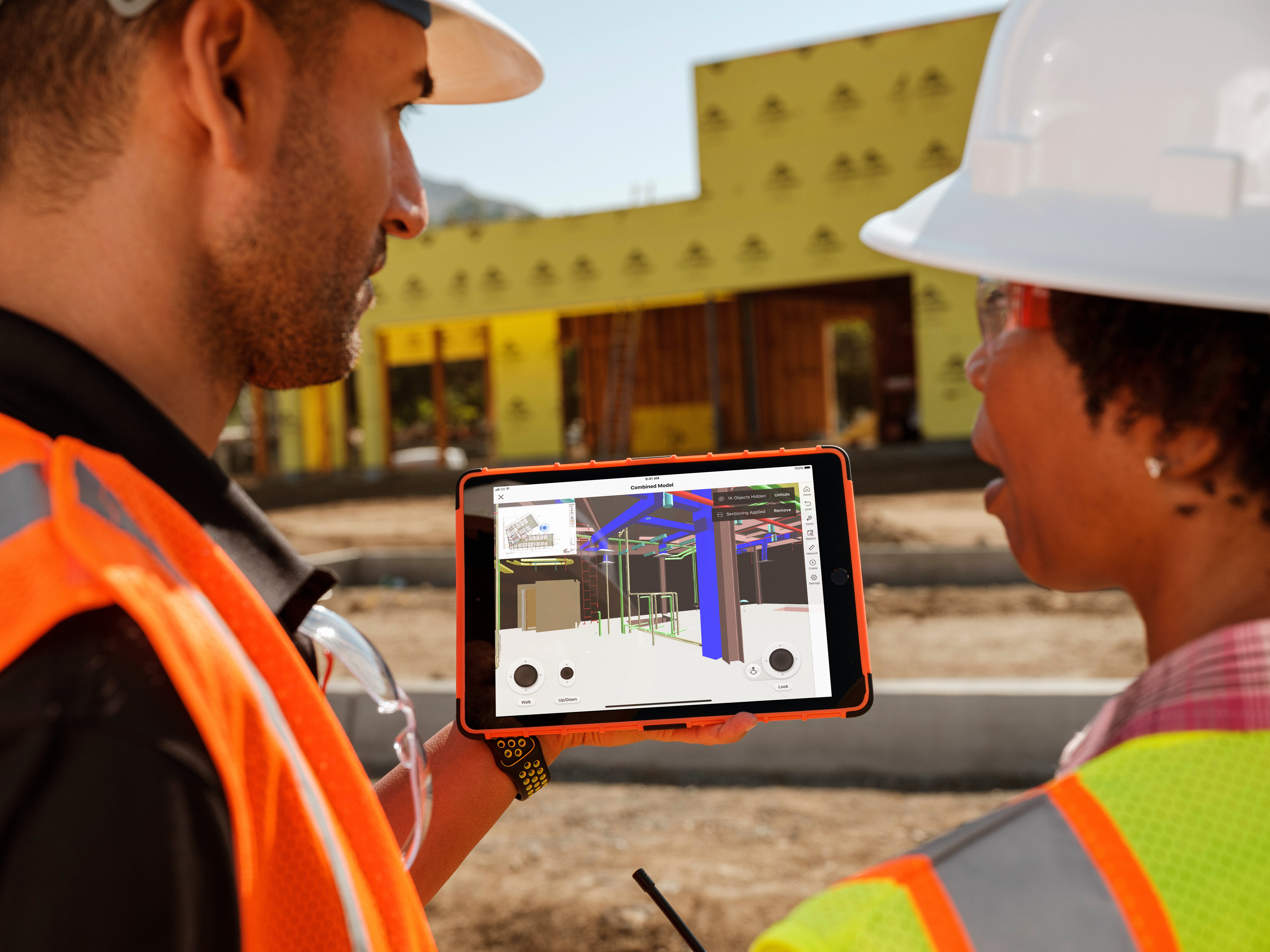How Procore added an app to construction’s toolbox
Andy Martin speaks to Tooey Courtemanche, who refused to follow the family banking tradition and instead chose to change the way construction operates


Tooey Courtemanche is a visionary and a prophet. Ten years ago he was trooping around Sand Hill – the Dragons’ Den sector of Silicon Valley – trying to drum up investment for his crazy idea: an online platform for the construction industry. He was given short shrift: “There’s no way construction is ever going to adopt tech,” they said. “These guys carry toolboxes not laptops!” They’re not saying that anymore. “We went from being idiots to geniuses who are changing the world,” says Tooey, the founder and CEO of Procore, which does for builders and contractors what Netflix does for movies.
When I spoke to him, Tooey was sitting comfortably in an office in London (although he is often to be found in Santa Barbara on the west coast or Hawaii), but he has definitely done his share of trooping about in steel-toed boots with a sledgehammer over his shoulder. He is a rebel with a cause and a school dropout who declined to follow in the great tradition of banking in his family. “I like to do the opposite of what you should do,” he says. “It’s all gone horribly right.”
Growing up, he “lived in houses that were constantly being renovated. So I had an affinity with guys with hammers”. He started off sweeping up sawdust and graduated to teenage “gofer” for a construction company in his school holidays. When he was booted out of the University of Arizona after getting a D in his astronomy exam, he borrowed $100k (£80,000) from his granddad and started his own building company. His grandpa charged him 20 per cent interest: “You’re a high risk,” he explained.
Tooey went to night school in San Francisco and was admitted to study medicine at the university. They’re still waiting for him to actually turn up. In 1992 he had started work on an early “smart home”, which is when he learned to program a computer. He was hooked. Old enough to have fed punch cards into the maw of mainframes, he started working as a programmer for banks, fine-tuning their “interactive voice response”, and then graduated to building websites and interfaces for Fortune 500 companies with the advent of the internet.
But he never forgot his first love – for cement – and was soon lured back to the building trade. This time the orders came from his wife and it was their own house in Santa Barbara. “It was a disaster like nearly every building project,” says Tooey. “I knew there had to be a better way.” He was convinced that there needed to be a convergence between hard hats and software – and Procore was born in 2002.

I am reminded of that classic line from Field of Dreams: Build it and they will come. But in reality they took a long while to come, and were almost too late. “We struggled for the first 10 years,” says Tooey. “We couldn’t pay ourselves. I mortgaged the house and sold the car, anything to keep it going. My wife wanted to know why I would get up every day and go to work on something that was losing money all the time.” But the feedback they were getting kept the dream alive.
The iPhone and the iPad brought about a seismic shift in attitude. Heavy guys in big boots might not carry a laptop in a satchel on to the building site, but they would carry a phone in their pockets. By around 2012, the internet had finally arrived at the job site. Suddenly Procore was on the up. And the graph has been going in the right direction ever since. In 2018 Forbes rated Procore No 1 for construction software. Today they have projects in 150 countries, employ nigh on 3,000 people, and are soon to open offices in France, Germany and Dublin.
Construction is the biggest industry in the world, predicted to hit $14 trillion by 2025 (according to McKinsey). But every construction project is different. “Every building, if you think about it, is a prototype,” says Tooey. “It’s never been done before. There’s a lot that can go wrong. Must of what goes wrong is down to a failure of coordination.” This is where the Procore app steps in, enabling contractors and property owners and project managers all to talk to one another and share data online, even access live streaming from drones. “They’re like team members that have never worked together before. We can bring everyone together on the same platform.”

Most of the mishaps in building come down to an information deficit. “It doesn’t matter whether you’re in Paris or Buenos Aires. The main problem is, how do you get the right people to the right job on the right day with the right equipment?” Tooey says that “Every week there is a story of an old couple in bed who hear a noise outside and suddenly someone is ripping their roof off because they went to the wrong address.”
No wonder then that every construction company carries a lot of insurance. Insurance eats up 2-5 per cent of every project. Procore already assists in risk management. And companies that use Procore often get a discount from their insurers. But the vision is to cut out the middleman and for Procore to provide insurance direct to the end user at a cheaper rate. “Instead of being in defensive mode, customers are looking to us to get into the offense and determine where the risks lie. And we realised after years in the business, we have a ton of risk data.”
Perhaps it was only natural that someone who has worked in close proximity to saws, drills and assorted blunt instruments would ultimately be drawn into insurance. “What makes it all worthwhile for me,” says Tooey, “is when people start to think of us as a genuine partner to their business rather than as someone who can produce a better webpage. We’re not just a software company.”

Join our commenting forum
Join thought-provoking conversations, follow other Independent readers and see their replies
Comments